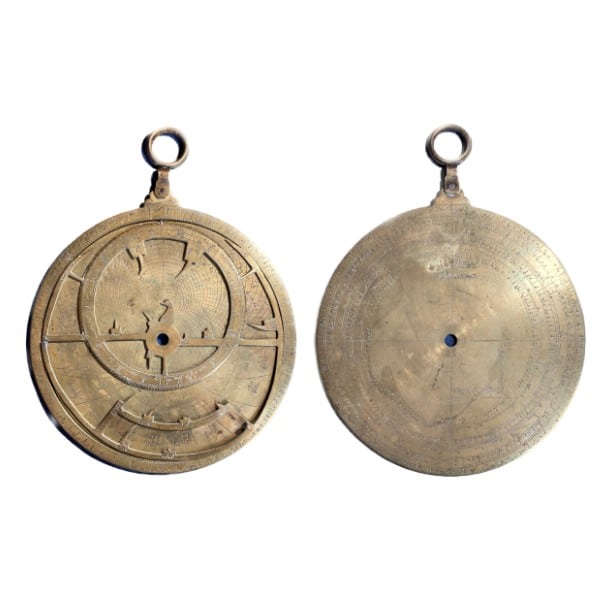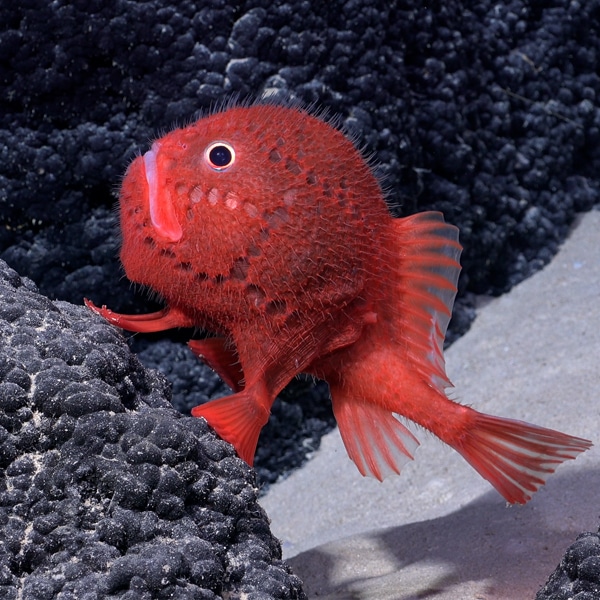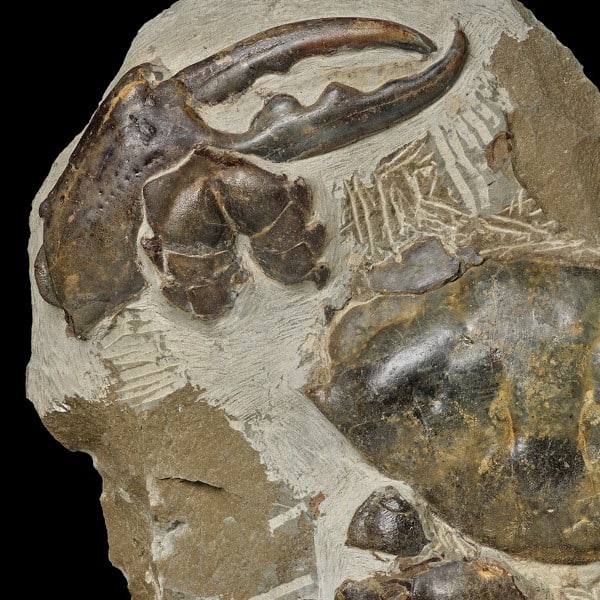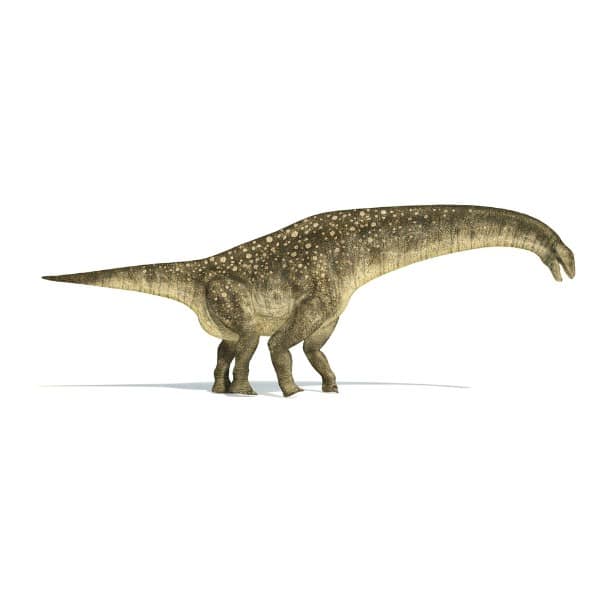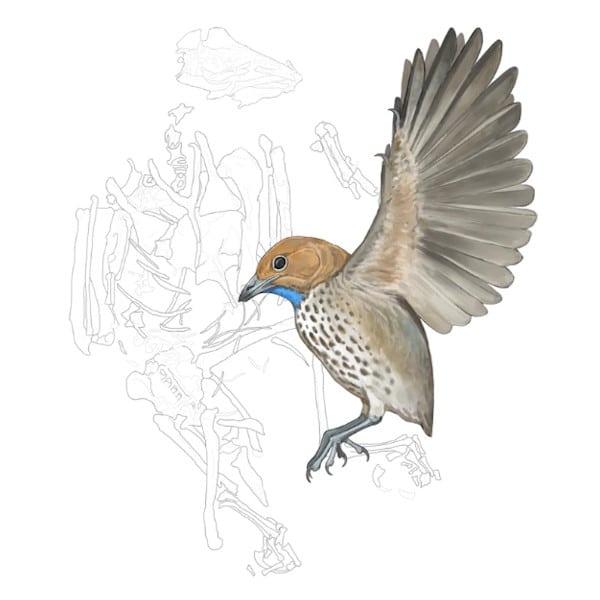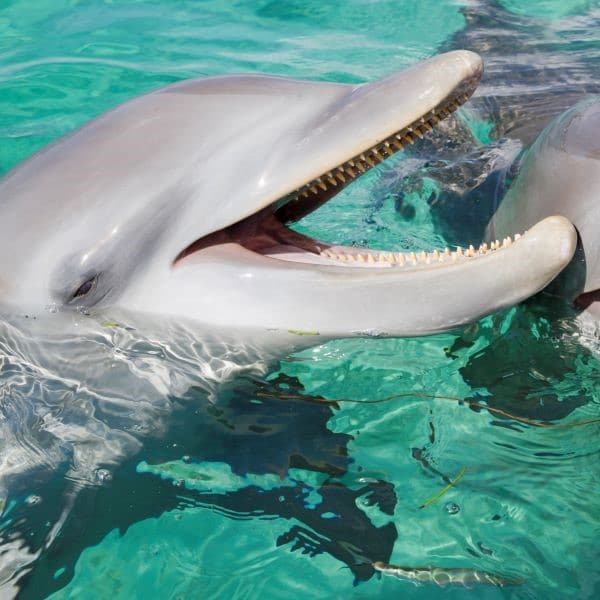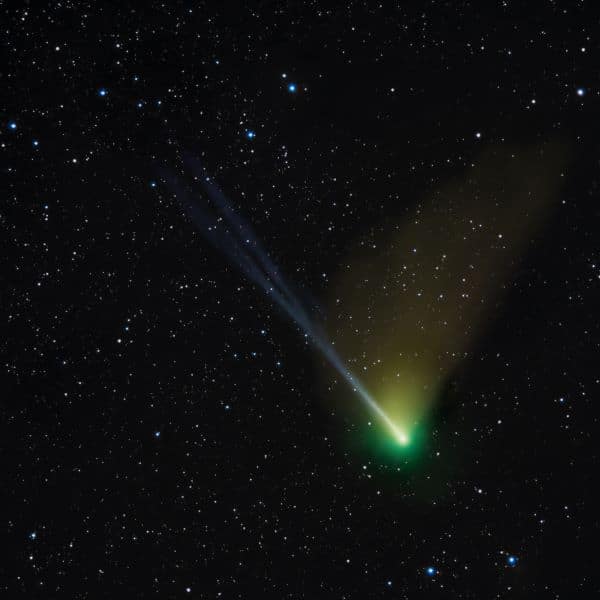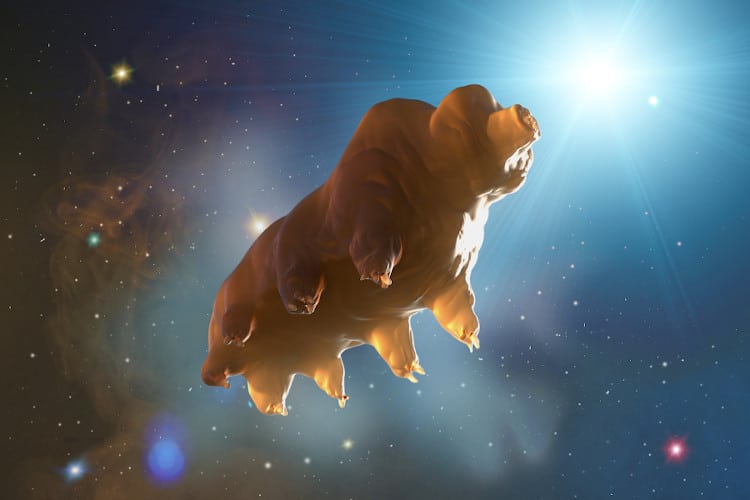
Photo: DenisSmile/Depositphotos
Humans have long dreamed about setting up shop on the moon and establishing thriving colonies. But it turns out, a different species may have beaten us to it, and all because of an accident. In 2019, the Israel Aerospace Industries sent the Beresheet probe to the Moon, which was carrying thousands of tardigrades, or microscopic “water bears.” Unfortunately, the scientists lost control of the lander, and Beresheet crashed into the surface.
Tardigrades are known for withstanding extreme conditions. They can remain frozen for decades, and can also survive high heat and overwhelming pressure. This incredible endurance means they can survive the cold and the intense radiation of space without moisture. But could the tardigrades aboard the Beresheet have made it?
The tardigrades were part of a “lunar library,” a DVD-sized object made of thin sheets of nickel created by the Arch Mission Foundation. It contained “a backup of planet Earth”—including DNA samples, all of the English Wikipedia, and a linguistic key to 5,000 languages. Thousands of tardigrades were sprinkled on top of the tape included in the lunar library, which was wrapped in several layers of insulation and then attached to the Beresheet lander.
After the crash, the Arch Mission Foundation reconvened with technical advisors to study imagery of the site taken by NASA’s Lunar Reconnaissance Orbiter. They came to the conclusion that the lunar library was probably ejected from the probe during the crash. According to Smithsonian Magazine, Nova Spivack, founder of Arch Mission, said the heat of the crash was not enough to melt the nickel disks of the library.
While many dream of a tardigrade colony taking over the moon, things may not be as easy as that. There is no guarantee that the tardigrades didn't come out of the frozen, hibernation-like state they were in, it's sort of unlikely that they made it. “They cannot colonize the moon because there is no atmosphere and no liquid water,” tardigrade expert Lukasz Kaczmarek told The Guardian. “But it could be possible to bring them back to Earth and then add the water. They should resurrect.”
Ultimately, if future moon missions explore the Beresheet crash site, the fate of these creatures will become apparent. In the wild scenario that they can be revived or are actually thriving on the Moon's surface, this will be a testament to not only their endurance but also open a door to how microscopic creatures find a way to move from one celestial body to another—which would be an absolute game changer.
In 2019, the Israel Aerospace Industries sent the Beresheet probe to the Moon, which carried thousands of tardigrades. The Beresheet crashed into the surface, but scientists have been wondering if these “water bears” might have survived.
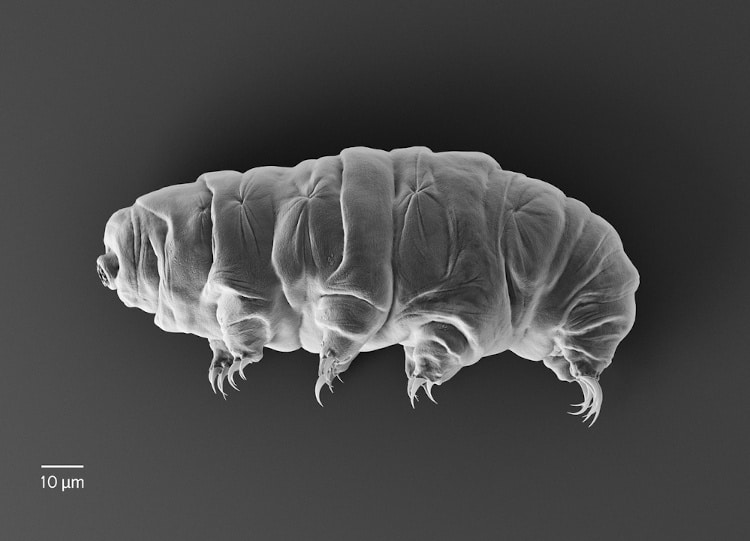
Photo: rukanoga/Depositphotos
h/t: [Smithsonian Magazine]
Related Articles:
India Makes History as the First Country to Land on the South Pole of the Moon
LEGO Launches NASA Apollo 11 Lunar Lander Kit for 50th Anniversary of Moon Landing
Artist “Unwraps” NASA Photos to Give Us Buzz Aldrin’s Perspective of the Moon
Amazon’s Jeff Bezos Unveils New Space Lander to Bring Supplies to the Moon











































































